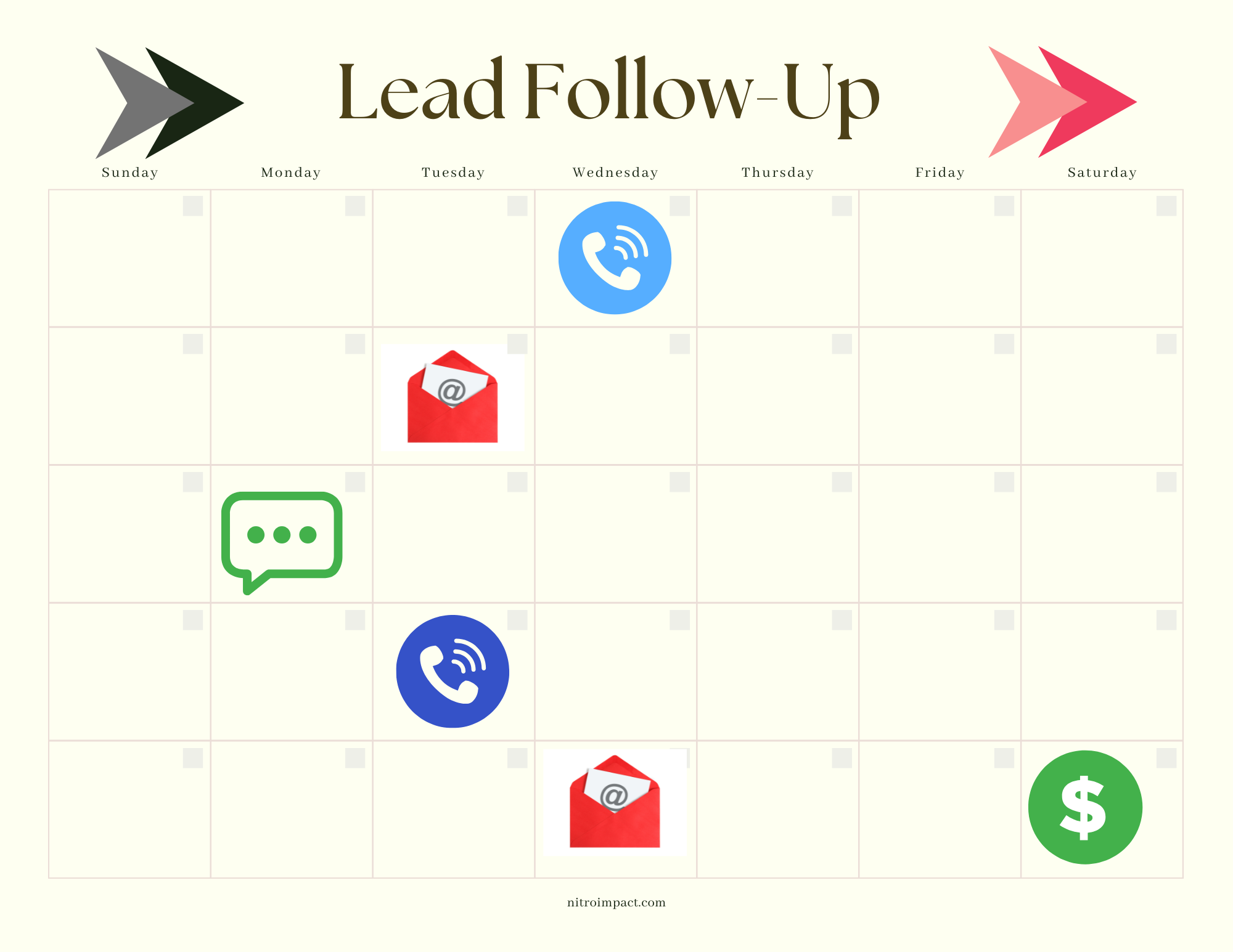Harness The Power of Lead Follow-Up in Real Estate and Self-Storage
Generating leads is only the first step towards securing revenue for any business. However, many companies fail to capitalize on their leads due to poor follow-up strategies. Without proper follow-up processes, businesses essentially invest in lead generation only to abandon prospects before they've had sufficient opportunity to convert. This represents wasted marketing dollars and lost revenue potential. This is particularly problematic for small and mid-sized operations where marketing budgets are often limited.
Why Lead Follow-Up is Critical
Timely and effective follow-up can mean the difference between a lost lead and a long-term tenant. Here are three reasons why lead follow-up matters.
Increases Conversion Rates
Leads that receive a follow-up within the first five minutes are 9x more likely to convert than those contacted later. Beyond timing, the value of follow-up extends to persistence balanced with respect. According to the National Association of Realtors (NAR), 44% of salespeople give up after one follow-up, while 80% of sales require at least five follow-ups. In the self-storage industry, data reveals that only 7% of leads receive any follow-up after initial contact. This represents an enormous missed opportunity. A strong follow-up system ensures potential customers don’t slip through the cracks.Aligns with Customer Decision-Making Cycles
Prospects have varying levels of intent and readiness. In real estate, homebuyers may take weeks or months before making a decision, while self-storage customers may have immediate needs triggered by life events such as relocations, divorces, deaths in the family, or business changes. A strategic follow-up plan ensures that your business remains top of mind when your prospects are ready to commit.Reduces Customer Acquisition Costs (CAC)
According to CRM platform HubSpot, it costs 5 to 25 times more to acquire a new customer than to retain an existing one. Nurturing existing leads is a cost-effective strategy compared to constantly generating new ones.
Building An Effective Lead Follow-Up System
A structured lead follow-up system is the foundation for consistent results. Such a system ensures appropriate timing of communications and maintains momentum throughout the prospect's decision journey. For real estate and self-storage businesses, this structure should include clearly defined processes for handling different lead types, establishing follow-up sequences, and tracking outcomes.
The first step is to centralize leads. By consolidating all leads in a centralized customer relationship management (CRM) system, businesses create a single source of truth that improves productivity and makes follow-up activities more efficient. This centralization eliminates the chaos of tracking prospects across multiple platforms, spreadsheets, or paper notes—a common challenge for smaller operations.
Regular communication cadences form another crucial system component. Without predefined schedules for follow-up, leads often receive sporadic attention based on staff availability or remembrance. A formal system establishes consistent touchpoints—whether daily, weekly, or monthly—ensuring prospects remain engaged. Consistency maintains visibility during the prospect's consideration phase.
Performance metrics complete the system framework by providing accountability and optimization opportunities. Effective systems track key indicators such as response time, contact rates, conversion percentages, and revenue generation. These metrics highlight both successes and improvement areas, enabling data-driven refinements to the follow-up process over time.
Best Practices for Lead Follow-up
1. Respond Quickly
Studies show that 50% of sales go to the first company that responds to a lead.
Use automated responses for immediate acknowledgment and follow up with a personalized call or email within 5–10 minutes.
2. Use a Multi-Touch Approach
Multi-channel outreach increases connection probability by meeting prospects where they are most responsive. Utilizing these channels in combination, rather than relying solely on one communication method, improves overall response rates and accommodates varying prospect preferences.
Phone Calls: Ideal for personalized conversations and answering questions.
Emails: Great for sending property details, storage unit availability, and pricing.
Text Messages: Have an open rate of over 98% and work well for quick check-ins.
Social Media & Retargeting Ads: Keep your business visible to potential customers who have shown interest.
3. Implement a Follow-Up Schedule
Day 1: Immediate response via call, email, or text.
Day 3: Follow-up email with additional details or offers.
Day 7: Another check-in call or text.
Week 2-4: Regular but spaced-out touchpoints (email newsletters, special offers, etc.).
Beyond 1 Month: Monthly check-ins for long-term prospects.
4. Personalize Every Interaction
Use the customer’s name
Tailor communications based on the prospect's specific interests, behaviors, and demographics.
5. Overcome Common Objections
Address concerns about pricing, location, amenities, or availability upfront.
Offer limited-time incentives to encourage prompt decision-making.
The Strategic Value of Outsourcing Lead Follow-Up
For many small and mid-sized businesses, resource constraints create follow-up challenges despite understanding its importance. Limited staff, competing priorities, and operational demands often result in inconsistent follow-up execution. Outsourcing offers a strategic solution to this dilemma, allowing businesses to implement comprehensive follow-up systems without overburdening internal teams.
Lead follow-up outsourcing provides specialized expertise that many small operations lack internally. Professional follow-up services employ staff specifically trained in communication techniques, objection handling, and qualification processes. This specialization typically produces higher connection and conversion rates than generalist approaches, immediately enhancing follow-up effectiveness.
Cost efficiency often favors outsourcing for smaller operations. The expense of hiring, training, and managing full-time follow-up staff, plus the required technology investments, can exceed the cost of professional outsourced services. This equation becomes particularly favorable when considering the opportunity cost of existing staff diverted from other revenue-generating activities to handle follow-up tasks.
The implementation of outsourced follow-up requires careful preparation and management. Businesses should clearly define their ideal customer profile, lead qualification criteria, and success metrics before engaging an outsourcing partner. These definitions establish expectations and provide evaluation frameworks for the partnership. Additionally, establishing regular communication channels, feedback loops, and performance reviews ensures alignment between the outsourced team and internal objectives.
Conclusion
Effective lead follow-up is not just a best practice, it’s a necessity for success. Businesses that respond promptly, use multiple follow-up channels, personalize interactions, and leverage automation tools will outperform competitors and maximize conversions. By implementing a structured lead follow-up strategy, small and mid-sized businesses can grow revenue, reduce acquisition costs, and establish long-term customer relationships.
Would you like help with setting up a lead follow-up system for your business? Let’s discuss the best tools and strategies for your specific needs!

